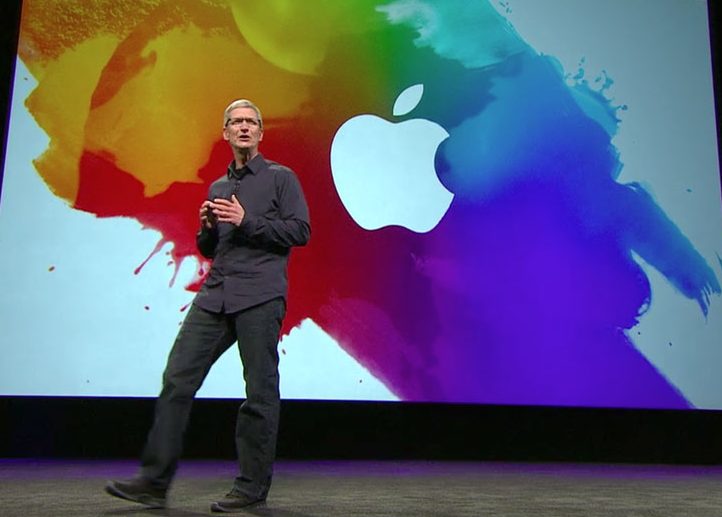Apple is working on touchless gesture control and curved screens for future iPhones, in a bid to help the company differentiate its most-important product in an increasingly crowded market.

According to a Bloomberg report, the control feature would let iPhone users perform some tasks by moving their finger close to the screen without actually tapping it. The technology likely won’t be ready for consumers for at least two years, if Apple chooses to go forward with it, a person familiar with the work said.
Apple has long embraced new ways for humans to interact with computers, after co-founder Steve Jobs popularised the mouse in the early 1980s. Apple’s latest iPhones have a feature called 3D Touch that responds differently depending on different finger pressures. The new gesture technology would take into account the proximity of a finger to the screen, the person said.
Apple is also said to be developing iPhone displays that curve inward gradually from top to bottom. That’s different than the latest Samsung smartphone screens, which curve down at the edges. So far, every iPhone model has used a flat display. The iPhone X’s OLED screen curves slightly at the bottom, but the shape is mostly invisible to the human eye.
OLED, or organic light emitting diode, displays can be shaped into curves or even folded, unlike the less-flexible LCD screen technology used in prior iPhones. A curved iPhone may be as little as two to three years away, the person said. Apple is also working on new screen technology, known as MicroLED, but that’s at least three to five years away.
Both features are still in the early research and development stage and Apple could choose to not go forward with the enhancements.
The work comes as the California-based smartphone pioneer looks to make its gadgets stand out. Smartphones have become increasingly similar as Apple, Samsung Electronics, Google, and Huawei adopt features like full screens, advanced cameras, and facial recognition at about the same time.





